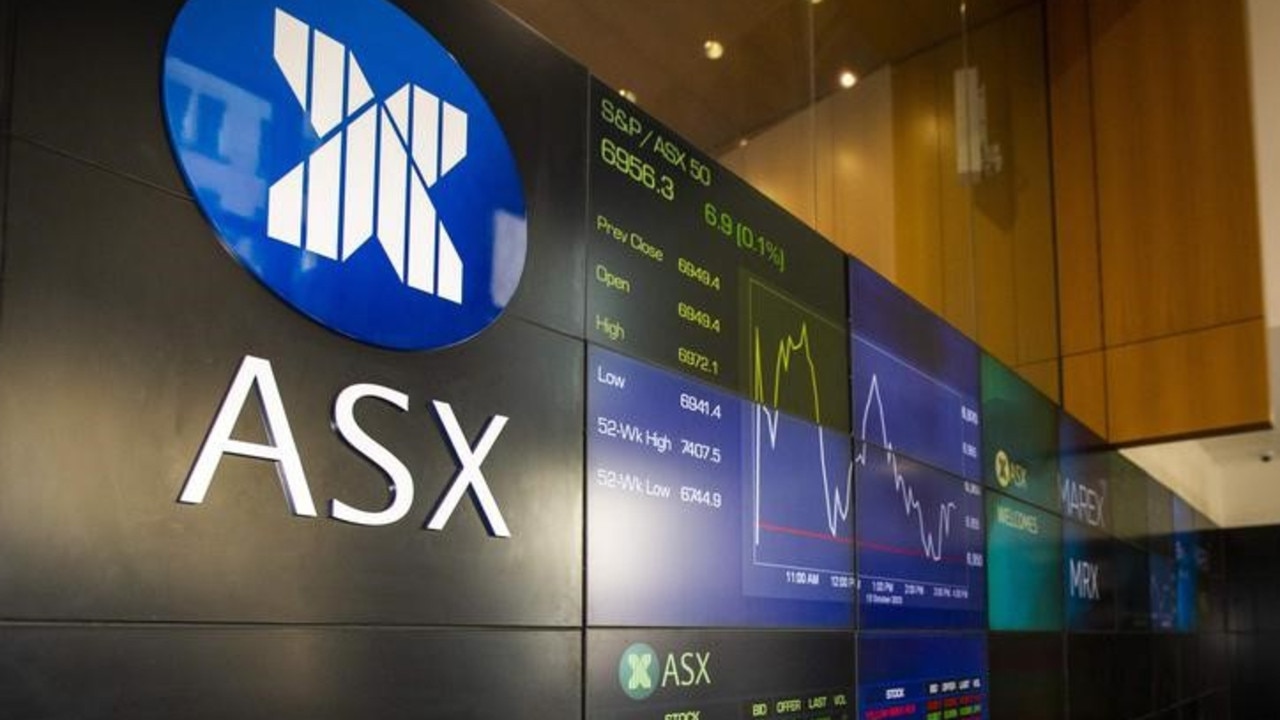The most dangerous part of rising interest rates is not what you’d expect
Interest rates are climbing – and won’t be going down again anytime soon. But that’s not the scariest part of trying to beat inflation.
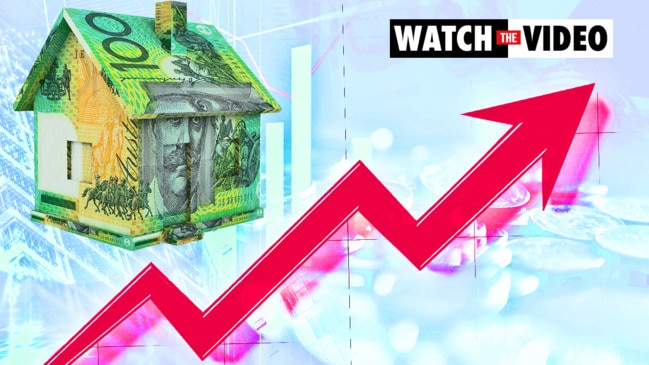
Interest Rates
Don't miss out on the headlines from Interest Rates. Followed categories will be added to My News.
There has perhaps never been so much interest in interest rates than right now.
Not after the Reserve Bank of Australia (RBA) broke an 11-year rate hike drought with back-to-back rises of the official cash rate (OCR) from a record-low 0.1 per cent to 0.35 per cent in May, and then in June to 0.85 per cent – the biggest single rate rise since 2000.
Barely six months earlier, the RBA governor Philip Lowe said that rates were unlikely to rise before 2024. How times change.
And as rates rise, you’d be forgiven for thinking your blood pressure was rising along with them. Not to mention your stress and confusion about what it all means and, more specifically, why they keep going up, not down.
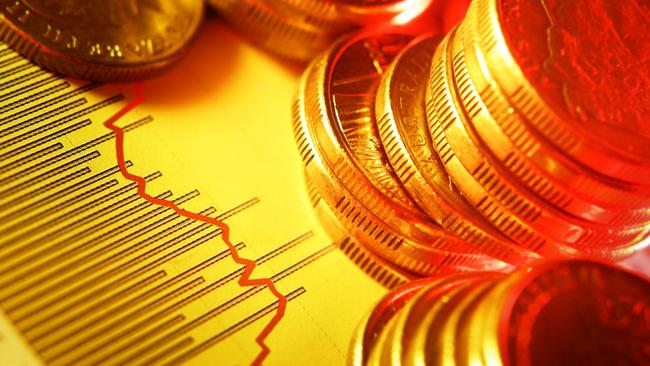
That’s the easiest part to explain for economists like Saul Eslake, who says it’s a combination of inflation and a surprisingly robust post-pandemic economic rebound.
“Inflation is going up more – and more quickly – than had been foreseen as recently as six months ago,” Mr Eslake said. “And it’s no longer thought likely to be ‘transitory’ as was initially thought last year.”
In short: The economy bounced back faster and higher post-Covid, thanks in part to the historically low 0.1 per cent cash rate set in the “dire circumstances” of November 2020.
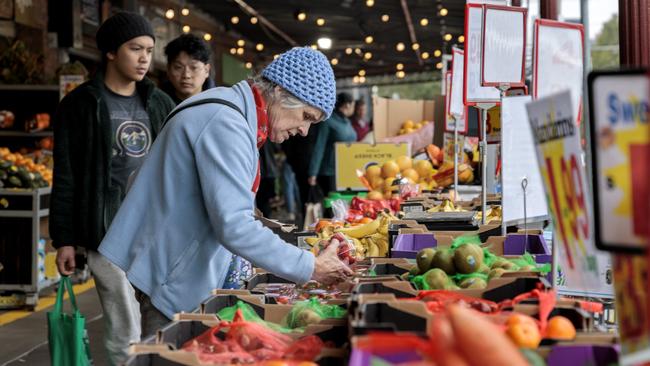
“To persist with monetary and fiscal settings that were designed for very different circumstances would be to invite trouble,” he said.
In fact, he said, keeping the super-low rate for so long has contributed to inflation hitting so hard.
“Because – and it’s easy to say with the benefit of hindsight – governments and central banks kept doing what they were doing for too long,” Mr Eslake said.
The RBA’s economic cushion worked so well that the RBA has to work double-time to return inflation from a 20-year high of 5.1 per cent, that it hit in the March 2022 quarter, back to ‘normal’ – between 2 and 3 per cent.
But the RBA governor told the ABC’s 7.30 last week that he expects inflation to climb as high as 7 per cent by year’s end, meaning the cash rate will need to get much higher than the current 0.85 per cent to pull it back into line.
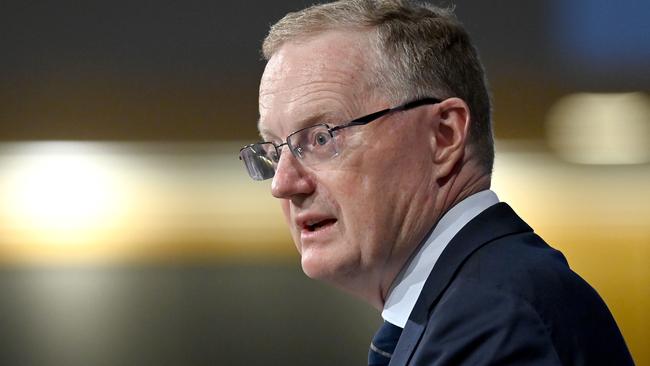
Why? Economists say because interest rates need to cover expected inflation, and more. The difference between the two figures is called “real” or inflation-adjusted interest.
In a rare interview with ABC’s 7.30, Dr Lowe said it was “reasonable” to expect the cash rate to reach 2.5 per cent by year’s end – right in the middle of the inflation target – which would bring the “real” rates to 0 per cent.
Those sorts of observations, Mr Eslake said, have spooked some into predicting the cash rate could climb as high as 3.35 per cent by the end of the year in the RBA’s mission to reign inflation in. But, he says, “nobody knows for sure” how high or fast rates will rise. Not even the RBA.
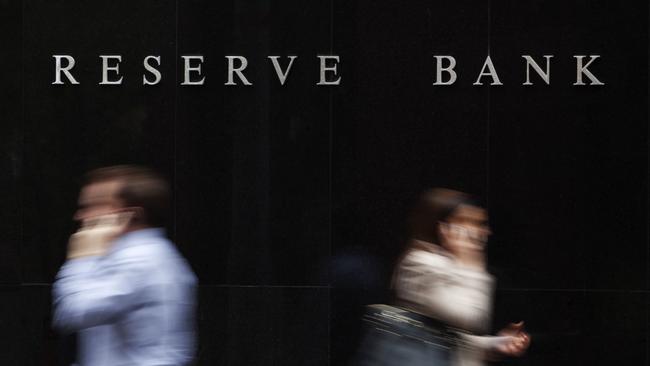
“Nor do they really know what the impact of doing whatever it is that they need to do will be on economic activity and unemployment,” he said, including RBA plans to unwind the bonds and assets bought during the pandemic to reduce longer-term interest rates.
“So there are a lot of things that central banks [the RBA and others] don’t know, and neither does anybody else. Which means the risks of getting that wrong are high.”
And what do they risk if they get it wrong? An even scarier ‘R’ word. Recession.
“They could push interest rates up far enough to kill inflation but also to tip economies into recession. That’s a risk that is not small,” Mr Eslake said.
“That’s why one of the particularly important challenges for central banks now is to prevent the development of an inflationary psychology in the population.
“Because history tells us that if people come to believe that inflation will be a permanent feature of life they will start to behave in ways that make it much more likely that it will be a permanent feature of life.”
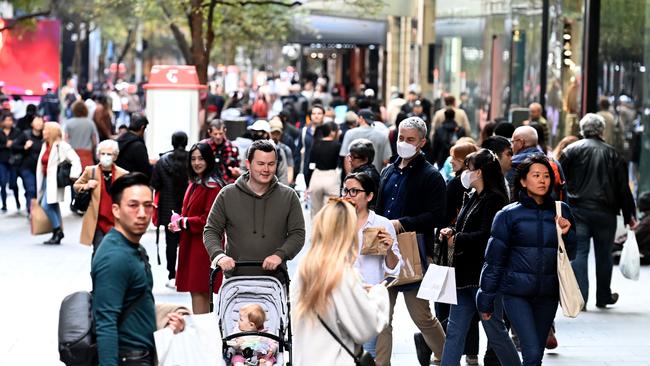
For example, Mr Eslake said, that could happen if workers started demanding pay rises to compensate for price increases that haven’t yet arrived, or businesses started raising prices in anticipation of potential cost increases.
“And if either or both of them start doing than then inflation will get higher and it will be much harder to bring it down without causing a really serious recession,” he said, like those in the 1980s and ’90s.
“It’s a sort of nip it in the bud, situation. It’s a bit late, the bud has bloomed. But you don’t want it to start spreading seeds that will produce new buds of inflation.”
The RBA is basically taking a whipper snipper to an overgrown garden.

And although it seems a mammoth task, there’s no need for panic among consumers, because there are early signs the rises are already working to slow rising costs.
But rising rates won’t slow down just yet.
In fact, Mr Eslake says it’s unlikely the rates will come back down until the RBA gets us out of this mess.
“[Rates] won’t go back down here or anywhere else until it is clear that inflation has come down to the levels that central banks are targeting,” he said. So between 2 and 3 per cent.
And they’re unlikely to head as dramatically low as 0.1 ever again, until the next international super emergency.
Originally published as The most dangerous part of rising interest rates is not what you’d expect



